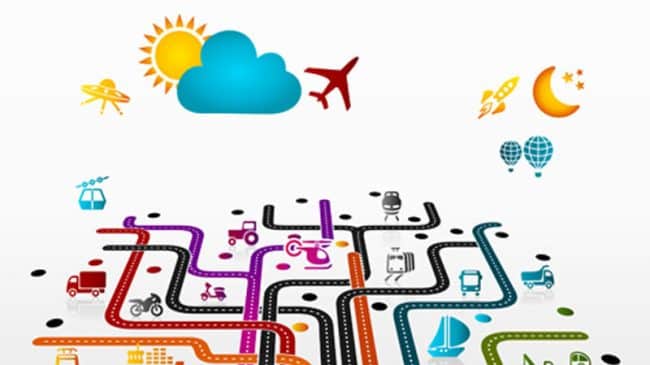Auto travel is not the preferred commute method of some folks in the Smart Growth movement. Bicycles and walking are their top choices. Bus transit is okay although rail is preferred. And potential new technologies such as beaming oneself through the toaster would be super fantastic if we could do that. These groups do make some valid points about modal choice in the country. But when the facts of a concept that everybody agrees with are twisted to validate a goal, we have a problem. Well-written induced or latent demand studies show that if a growing metro area widens its highways, more folks will use them. This is exactly what is happening with induced demand.
Well-written induced or latent demand studies show that if a growing metro area widens its highways, more folks will use them. The concept has been studied and proven true first by Robert Cervero at University of California-Berkeley and then duplicated in Asia.
But just because more people will use widened highways, improving highways is not always bad policy. In fact widening highways is often the best solution. Researchers have noted the many benefits from highway construction: enhanced economic activity, reduced travel time in the short-run, decreased greenhouse gas emissions in the short-term, improved safety, etc. State DOT’s are very aware of induced demand; in most cases they choose to widen the highway because the economic benefits outweigh the increase in additional traffic.
Furthermore, highways can be widened without inducing demand by using pricing or tolling. Induced demand is one reason that state DOTs are reluctant to add new general purpose lanes to freeways. Instead these state DOTs are adding variably priced lanes, because pricing reduces induced demand.
But some authors are finding induced demand where none exists. Cervero noticed that after his groundbreaking study, there was a proliferation of studies claiming induced demand where the phenomenon is not happening. As a result Cervero wrote a paper reviewing all of the induced demand studies and pointing out the errors, sometimes significant in each study. Some of these mistakes were unintentional; paper authors used an incorrect forecasting method or used zip code data when they could have used census block group data. However, some of the studies funded by radical environmental groups opposed to all road expansion included numerous errors from authors who clearly knew better.
Yet despite a thorough review of the induced demand literature by Cervero and a detailed explanation of what is and what is not induced demand, many of the same groups are making many of the same claims. Streetsblog was up in arms last month with the news that a new freeway in Dallas will not decrease the number of lane miles that are congested. A Streetsblog ally uncovered the project’s environmental impact statement (EIS) and because area leaders are not talking to the media, Streetsblog is convinced there is some grand cover-up not seen in Texas since the Kennedy assassination.
Let’s take a look and see what the EIS actually says. It details that between 2013 and 2035 traffic speeds on the corridor are going to increase by two miles per hour and that congestion is going to decrease by 7.1%. Considering Texas’ rapid population growth, decreasing congestion is a significant improvement. And the project has many other benefits. The new highway will provide a fixed reliable guideway for express buses and provide a non-congested alternative to emergency vehicles; with the new lanes buses will not be sitting in traffic. These new lanes will make buses more dependable, increasing bus ridership and likely increasing bus options for commuters, something Streetsblog should support. The roadway will increase economic development and tax revenues in the city of Dallas. Further, because it is a tollroad, real induced demand will be limited. In fact one way that traffic on I-30, I-35E and I-45 would really decrease is if the new road were free. Why? Because people are more likely to divert to free roads than toll roads and more likely to take additional trips on these roads.
Does Streetsblog really want more free roads? It seems unlikely. Rather Streetsblog and other like-minded groups have decided that transit expansion is good and any roadway expansion-free roads, tolled roads, priced roads-is bad. If that is your viewpoint, why let the facts concerning induced demand vs. non-induced demand and their relationship to good public policy interfere?

